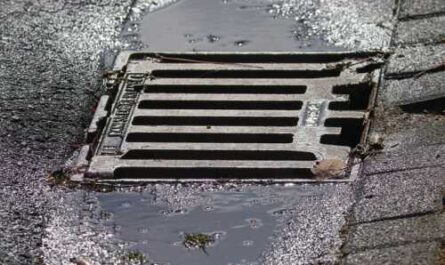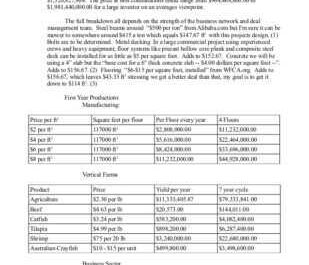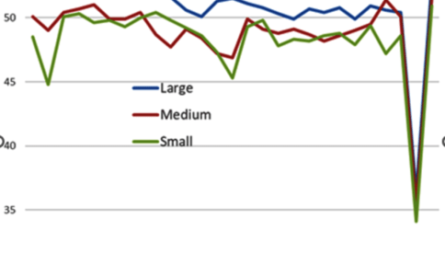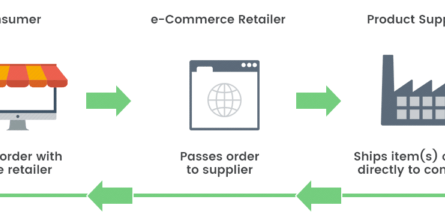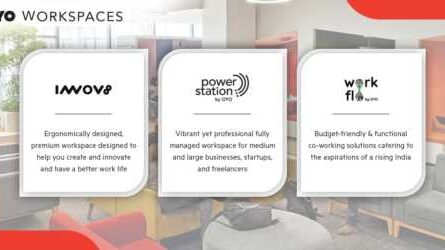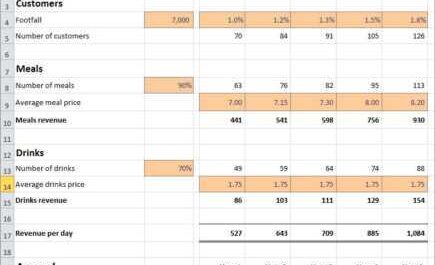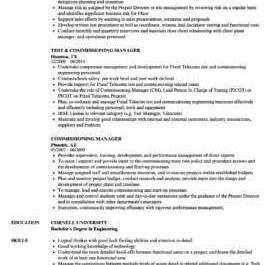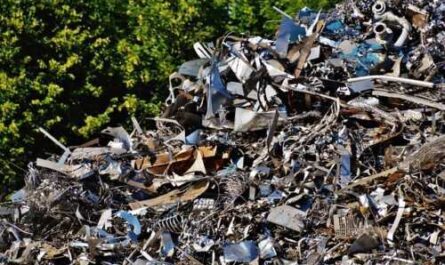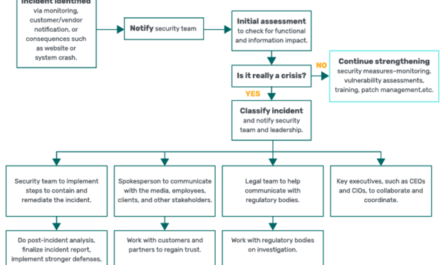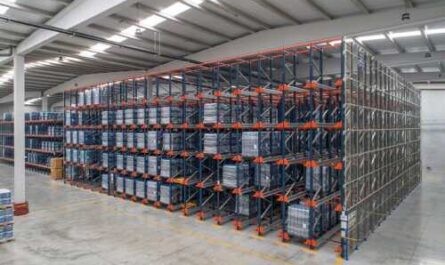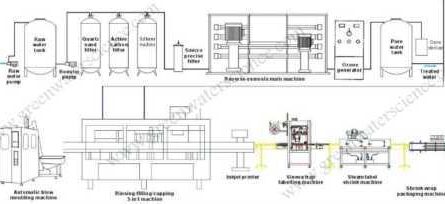Chapter 16 -: This is the sixteenth chapter of the Complete Guide to Starting a Cleaning Business. No matter what area of business you’re trying to make a name for yourself, the biggest hurdle to overcome when starting a business is establishing a competitive pricing model. In other words, there is nothing more difficult than evaluating the work. This is something entrepreneurs who have no previous business experience struggle with desperately.
Once you’ve filled out all the legal documents, got all the necessary materials, formed a corporate identity, created a marketing strategy by hiring the best people in town, the only thing that’s scratching your head is finding the right price for cleaning. It is extremely difficult to set a price for your service, especially when the business is more or less set up and you have a ton of things to consider when naming your price. Arguably, pricing is the hardest part of running a business, especially when it comes to cleaning services.
Does pricing really matter to the cleaning business?
The answer is: strong YES. In fact, your pricing model can create or destroy your cleaning business. This is why pricing places the entrepreneur in a difficult dilemma. As a business owner, you are always in competition with other businesses. Your competitive nature will force you to reduce your costs and offer the most affordable and reasonable price to your customers.
At the same time, the materialistic part of the entrepreneur in you will make you keep raising prices instead of making more profits. The two opposing forces of entrepreneurship draw you in from both sides and you end up with a colossal puzzle in your head. Should you try to outperform your competition by offering cleaning services at the most attractive prices? Or should you ensure the sustainability and success of your business, increasing your profits and generating much more income than your competition?
Ultimately, the choice is yours, but it is a choice you shouldn’t make without detailed knowledge and information on how a contractor should estimate the cost of a service based on the business. In other words, the choice you make at the end of the day must be a deliberate choice, not a mistaken and hesitant attack on the unknown.
Before you even understand the price dynamics and the importance of all the factors you need to weigh, you need to understand that staying in the center is the key to choosing the best and most favorable price. If you quote too high a price, you will be out of reach of the customer and therefore lose the contract. If you quote too low a price, you end up doing too much, if not too little, and you end up with little money to pay for your employees and materials.
Choosing the best price for cleaning services to bill customers
Knowing what the right price should be isn’t something innate, and certainly not something someone else can tell you. Yes, by reviewing other cleaning companies and reading ideal plant pricing models, you will have enough information to get an estimate of what your service prices should be and how you can increase those prices. without losing your bottom line.
However, a business cannot survive on a valuation platform. You have to be precise under the microscope to try to steer your business towards success. That doesn’t mean you have to be a crazy mathematician or a brilliant accountant. As long as you know what the ideal price should be for your business, you’ll be well on your way to dominating the ideal. On the other hand, if you can’t find the right price, you will either lose favor with customers or suffer huge losses that you can never get over. In other words, if you keep relying on the wrong number for the price, your business is doomed.
Will a miscarriage of justice help you decide what is the best price / rate for your cleaning service?
Trial and error is an essential part of running any business. This is even more important when trying to evaluate your services. Trial and error is an experience, and you can use that experience to formulate the ideal pricing model for your cleaning service. Therefore, before you can set specific prices, it is advisable to complete several projects with reliable and seemingly loyal customers. Start by treating your friends, family and acquaintances.
Once you’ve completed the project, compare what you charge from the board with the actual cost of the job. This should give you a clear idea of whether your bid is too low or too high and how stable your current price bid is. Again, it’s important to note that when it comes to pricing, there isn’t a single secret winning formula you can use to do the trick every time. That being said, the following tips will be very helpful in pricing your cleaning service.
Factors to consider when creating a competitive pricing model for your cleaning service
1) Work and materials … Estimate the cost of labor and the usefulness of the materials available to you. These estimates should be as precise as possible. The margin of error in determining costs and prices is extremely narrow. Miscalculation and your business could be in tatters. To calculate the cost of labor, take into account the salaries paid to them, as well as the benefits provided to them (daily food, drinks, protective equipment, transportation, insurance, etc.). The next step is to calculate the cost. all the materials you purchase and the consumables needed to use them. For example, when calculating the cost of a vacuum cleaner, you need to factor in the cost of the batteries used to run the vacuum cleaner.
2) Overhead – If you have basic knowledge of economics, you should be familiar with the term overhead. If you don’t know what these costs mean, they are costs that do not include labor and inventory costs. The most accurate description of overhead will be the cost of utilities, or in other words, the cost of operating the facility you are using. Since you are starting a new cleaning business, it will be very difficult for you to be 100% accurate in determining your overhead costs. However, you have to be very careful not to be too finicky with your grades.
It’s also worth noting that you need to make changes to your estimates over time and as you gain more accounting experience for your cleaning business. The easiest and easiest way to calculate your overhead is to add the value of your business for a full year, excluding labor and material costs. When you have the number on hand, divide it by your total labor and material costs. The last number your calculation will receive will be your overhead rate.
Sometimes you find yourself in this situation, especially on days when your business is taking action, when you have nothing to base your calculations on. In other words, your lack of business experience gives you absolutely no way to try to determine the level of overhead. The smartest thing to do under the circumstances is to use an industry standard. Keep doing this throughout the year until you have the essential information to determine your level of overhead. Only then can you separate yourself from general industry standards.
You can also resort to a simple trick by adding 20% to the cost of labor and materials. This will give you a pretty good estimate of your overhead costs and profit margins. If you ask the hourly rate for employees employed by some of the more successful and established cleaning companies, you will find that each person is paid $ 40 per hour. If you are unfamiliar with the rate then $ 40 seems like an incredible amount someone is giving for an hour of cleaning. However, those with experience in this industry will tell you that the best companies teach their customers about the value and benefits of their services, and therefore they are unlikely to face complaints that their customers will charge too much.
3) Profit Margin – The primary goal of any pricing strategy should be to increase profits. If you don’t appreciate your services for making more money, you are wasting time in business. As mentioned earlier, profit is generated when your income exceeds your expenses. Your overhead calculations should include profit margins. If you skip this step, you will end up losing your profits and taking huge losses. Sooner or later you will find yourself behind your back and slowly being pushed out of the industry. This is the meaning of profit accounting.
The minimum percentage of profit that you need for your cleaning business to run smoothly and a comfortable life is 20%. It might sound like a pretty good profit, but when you consider the ever-increasing costs of your business and how you need to keep investing your profits in order to push your business to grow, a 20% profit doesn’t really have much. of importance in the grand scheme of things. Many cleaning business owners will tell you that 10-15% is the maximum amount of profit your business operations will bring you in this industry. These business owners may be happy with a meager amount of less than 20%, but for a budding entrepreneur like you trying to climb the corporate ladder,
On top of that, with a profit of less than 10%, you will soon lose the motivation to keep fighting and fighting in this business, and before you know it you will convince yourself to close the doors of your business. . Those who pay close attention to each individual area of the business are those who are able to generate 20% or more of the profit. Once you have mastered the art of keeping yourself clean from waste, you can develop your skills to maximize your profits and teach your employees how to maintain strong profit margins. Reducing costs and increasing profits are directly proportional to each other. If you are focused on achieving one, the other should follow on its own. As the saying goes,
Will Your Cleaning Business Help You With Credit?
The answer is yes and no !! You see, the concept of credit, its pros and cons is something you should be familiar with before you start your cleaning business. Your clients’ loans should be approached with caution. In the case of corporate clients who have signed long-term contracts, expanding credit can actually help you grow your relationship with the client and attract other clients of the same level. All you have to do to receive payment from them is send the invoice at the right time of the month and wait for them to send you a check.
The same cannot be said for retail clients. They are mostly homeowners and small businesses. You need to do your homework before you lend them. It is always best to convince them to contribute a certain amount before starting to work from home or at work. This is especially true for small businesses, which are notorious for not making payments on time and requiring additional work for free.
When submitting an invoice for payment, be sure to include customer discounts that may be returned and penalties for those who have spent years paying. Your discount and penalty strategies should be an important factor in developing a competitive pricing model.
The last thing to remember when it comes to pricing your business is that dealing with variables will be your biggest asset. Your price should be stable, but not constant. When you do business in a world of unpredictable change, you must be able to adapt and change your prices to suit your business needs.
